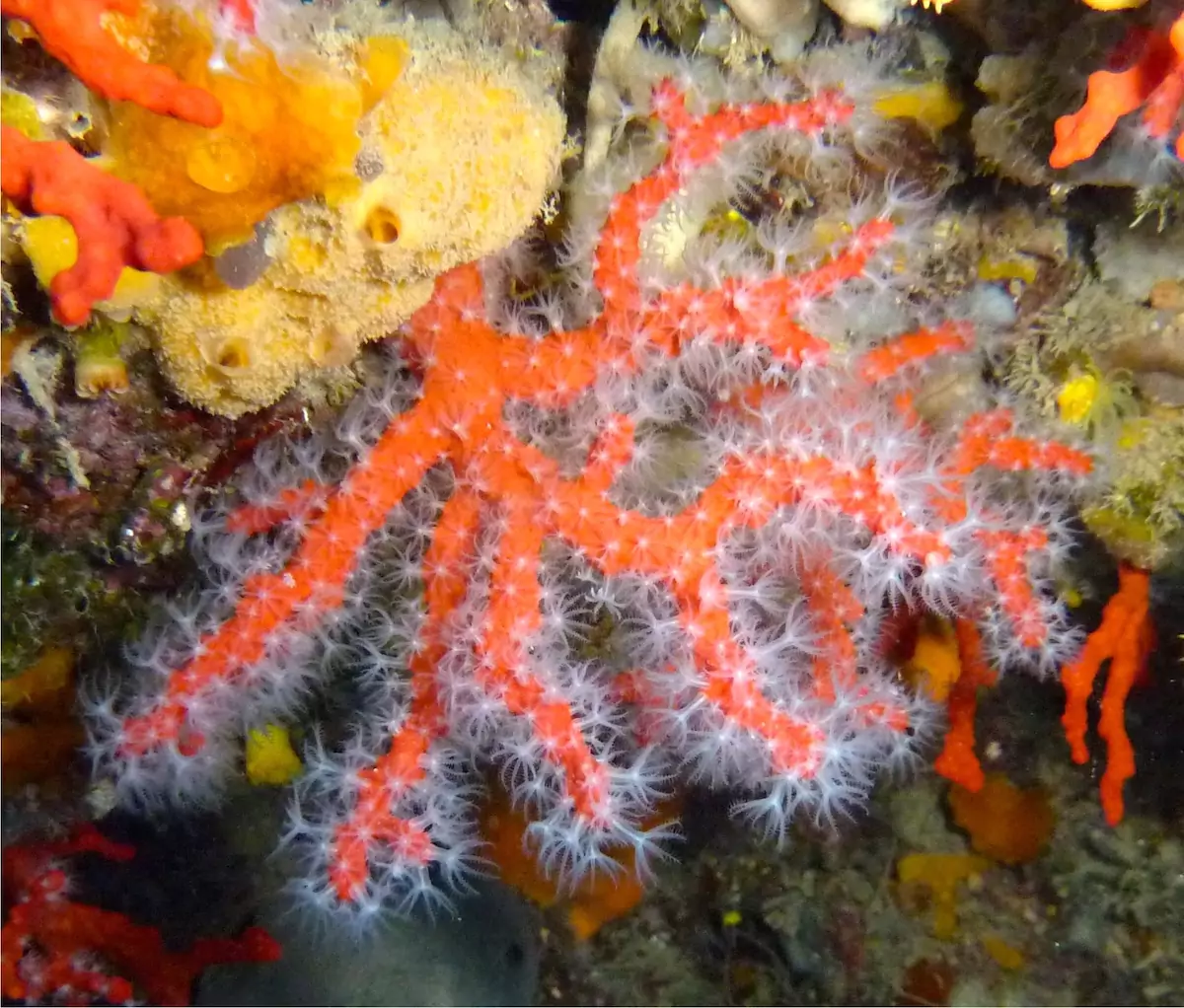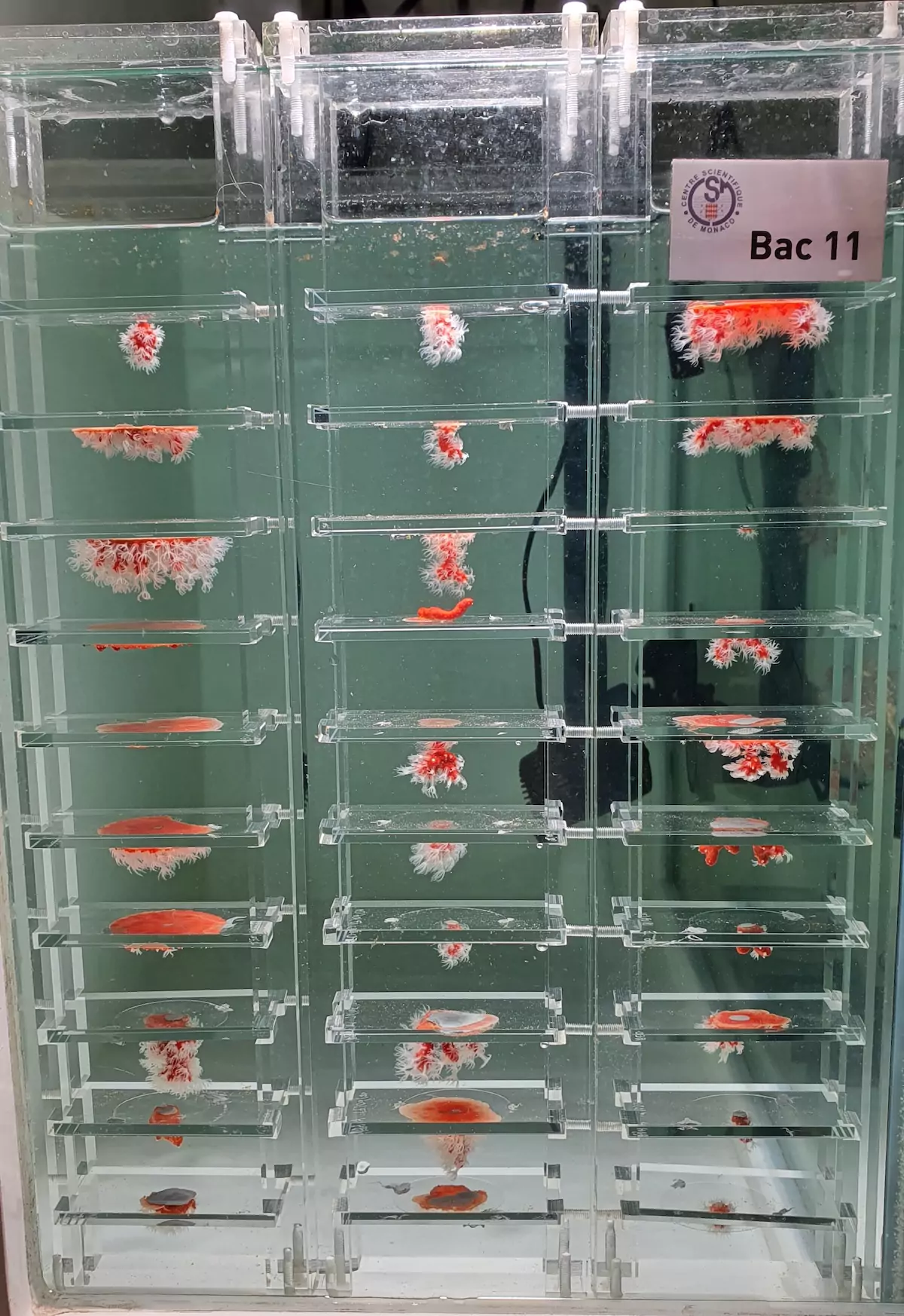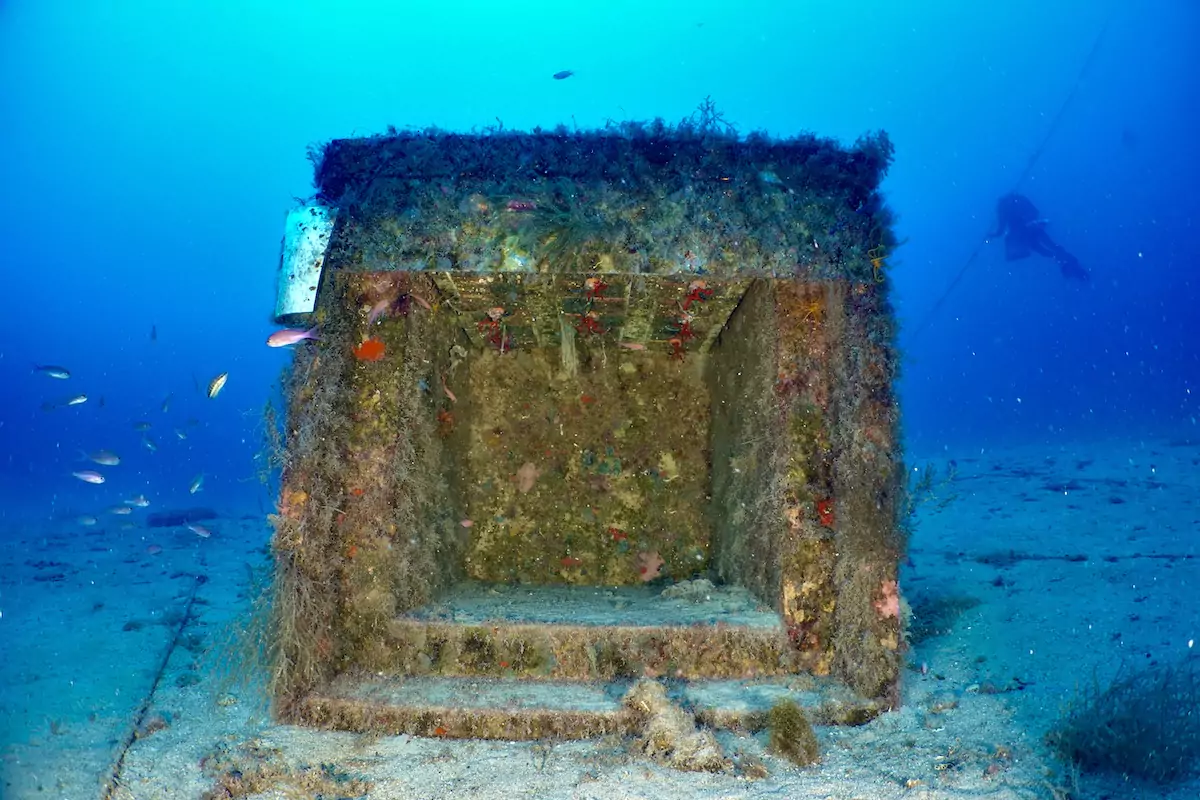In a significant step towards marine conservation, 250 baby red corals have been successfully born in Monaco’s waters as part of a ground-breaking project led by the Centre Scientifique de Monaco (CSM) and the Oceanological Observatory of Banyuls-sur-Mer.
These births represent a major victory in the ongoing efforts to preserve the endangered red coral species, Corallium rubrum, which is critical to the Mediterranean’s unique underwater ecosystem but has been severely threatened by climate change and over-exploitation.
The project, supported by the Prince Albert II of Monaco Foundation, began in July 2021 with the immersion of six specially designed coral caves, each measuring 1m³, at a depth of 40 metres in Monaco’s waters. The caves, acting as a controlled environment for coral reproduction, housed approximately 50 male and female coral colonies. Researchers from CSM and their counterparts in Banyuls-sur-Mer utilised a system of sliding plates to optimise the conditions for successful coral reproduction, and their efforts paid off with the discovery of hundreds of newborn coral colonies earlier this year.

According to Professor Denis Allemand, Scientific Director at CSM, the caves have provided a safe haven for coral larvae, which typically struggle to survive in the wild. “Some of the plates are covered in tiny colonies, suggesting that the caves concentrated the larvae, which would otherwise face a 99% mortality rate in natural conditions,” he said.
The success is also credited to the precise conditions maintained in the coral caves. As Dr Stéphanie Reynaud, a CSM researcher and professional diver, explains, the caves were placed at 40 metres, below the thermocline, ensuring stable, cooler temperatures year-round. “The corals here are protected from summer heatwaves that often cause widespread coral death. We also added a kind of cap to the caves to prevent the larvae from getting lost in the vast sea,” she said.

This underwater laboratory allows researchers to study coral restoration in a more scientific, controlled manner. “We are finally able to apply a scientific method to coral restoration,” explained Dr Lorenzo Bramanti of the CNRS at the Banyuls-sur-Mer Observatory. “It’s a bold initiative, diverging from the trend of transplanting corals without a clear plan, but the results speak for themselves.”
The breakthrough in Monaco will be presented at the 43rd CIESM Congress in Palermo, from 14th to 18th October, where it will receive global attention as a model for future coral conservation projects.
Monaco Life is produced by real multi-media journalists writing original content. See more in our free newsletter, follow our Podcasts on Spotify, and check us out on Threads, Facebook, Instagram, LinkedIn and Tik Tok.
Main photo credit: Lorenzo Bramanti, CNRS
